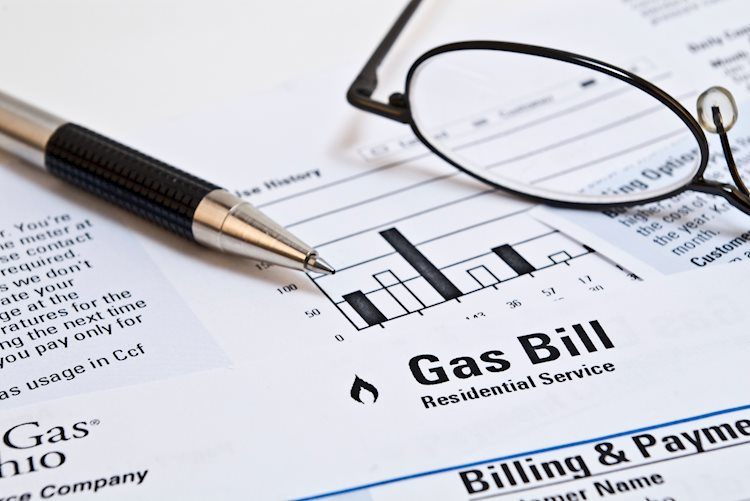The Hyperloop is not near to be available publically or for commercial use yet. However, this tide proved that it could be used soon. A hyperloop is a modern transportation system that propels the people traveling through a tube without air (vacuum tube), and its speed can go as high as 600 mph. Virgin’s system has Magnetic levitation, just like some rail projects do in Germany and Japan.
Systems with magnetic levitations use magnets’ property, which compels the like poles to repel each other while a strong, cohesive forces between the unlike forces, as we all learn in elementary science projects.
When projected on a massive scale, these magnets say a train track. They can propel entire trains filled with passengers through long ways within a matter of minutes. The magnets almost cancel out all the resistant forces that a tire and ground would produce, and the vehicle travels at an exponentially higher speed.
In a train ride, the magnets propel the train as the like poles repel each other, and the train is lifted from the tracks. These repulsive forces also push the train to move forward while the opposing forces come into play and attract as they pull the train aiding in the push of repelling forces.
The Virgin’s Hyperloop pod only reached up to 100 mph rather than the promised 600 mph. The company blamed this decrease in speed on the track, which was 500 meters long, saying that the length of the vacuum chamber decreased the speed of the pod.
However, the first ride on such a modern-looking means of transportation is still a step forward as it gets us closer to a future where this hyperloop can be commercialized and used by the general public.
The pod includes two plush passenger seats, seat belts, and small windows on each side. The interior is all white, with the seat belts in a contrasting black color.
Josh Giegel, the Chief Technology Officer at Virgin Hyperloop, said that the hyperloop could travel at the speed of an aircraft while consuming only a fraction of a plane ride’s amount of energy.
The first humans to ride the hyperloop was Giegel and Virgin’s Director of Passenger Experience, Sara Luchian. They sat in the hyperloop’s pod and went for the ride in the vacuum tube.
According Giegel, The Future is Full of Hyperloops
The company has a vision of building hyperloop tubes that run through cities, connecting them as they make intercity travels much faster and comfortable. Giegel said that this hyperloop’s commercial models would have seats for over 25 people in one pod.
He further explained that the company’s vision is to expand its reach so that more people can travel in less time while consuming negligible amounts of energy. Giegel claims that the Virgin Hyperloop will be able to carry tens of thousands of people per hour in the future.
The hyperloop technology can be used for the tubes above as well as below the ground. However, the company is focusing on building vacuum tubes above the ground as underground tubes will require more time and finances.
The project still hangs in jeopardy as the required speed cannot be matched as claimed by the company. Virgin Hyperloop needs to raise as much as $500 million to build a six-mile test facility in West Virginia.
The company would not say how fast their pods go, but they are not speeding up to 600 mph for now. It is believed that the hyperloop will get its official certification in the next 5 or 6 years and that we can hope to see a Virgin Hyperloop in action before the end of this decade.
Virgin Hyperloop is not the only company thinking of this technology, as the Tesla owner, Elon Musk tweeted about such technology in 2013.
The hyperloop venture from Musk’s company called Boring Company is more focused on building underground tunnels for the Tesla vehicles, and these tunnels would not require a vacuum to function and thus can be available on a shorter notice hopefully.
I’m Ava Paul, an experienced news website author with a special focus on the entertainment section. Over the past five years, I have worked in various positions of media and communication at World Stock Market. My experience has given me extensive knowledge in writing, editing, researching and reporting on stories related to the entertainment industry.






